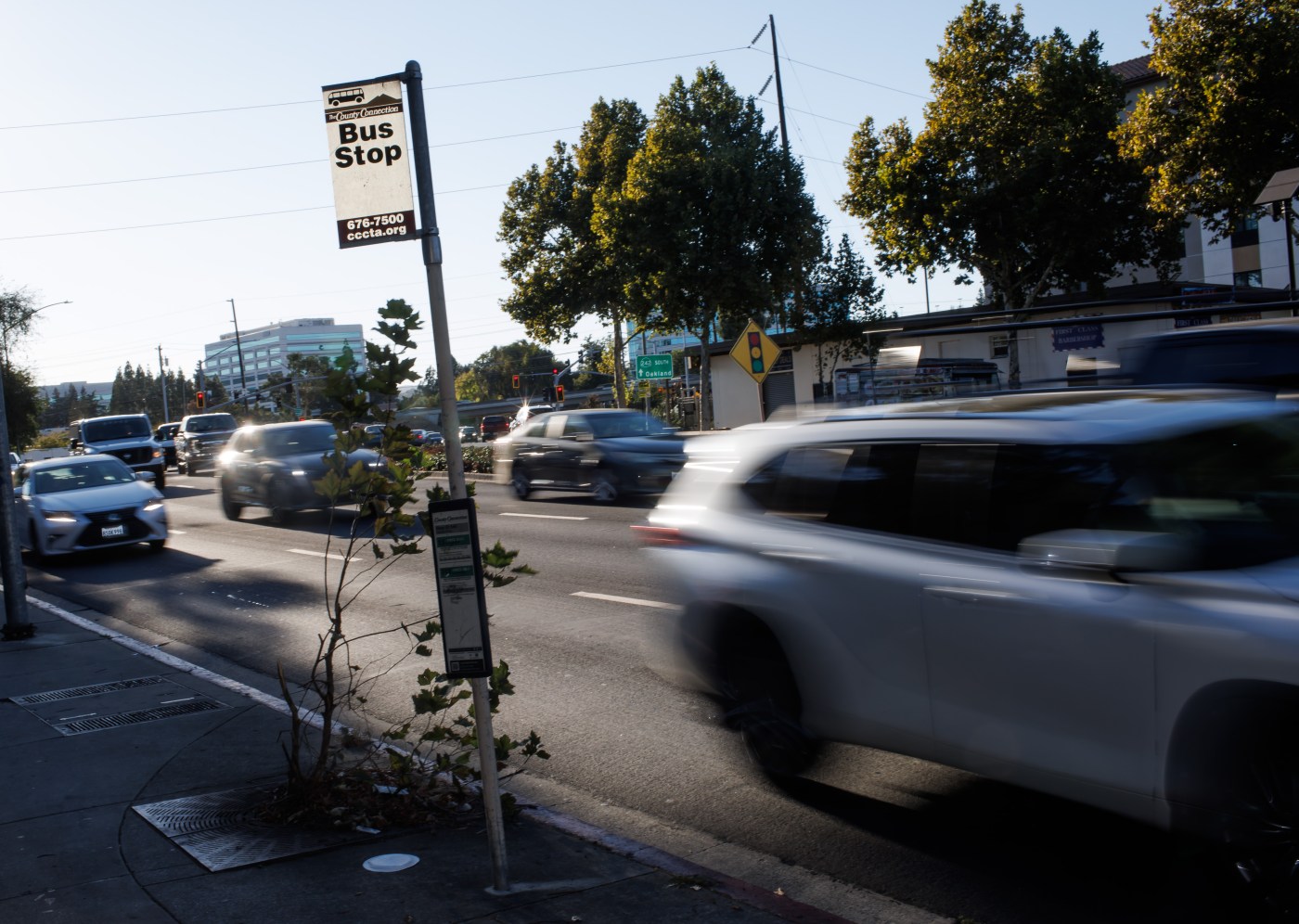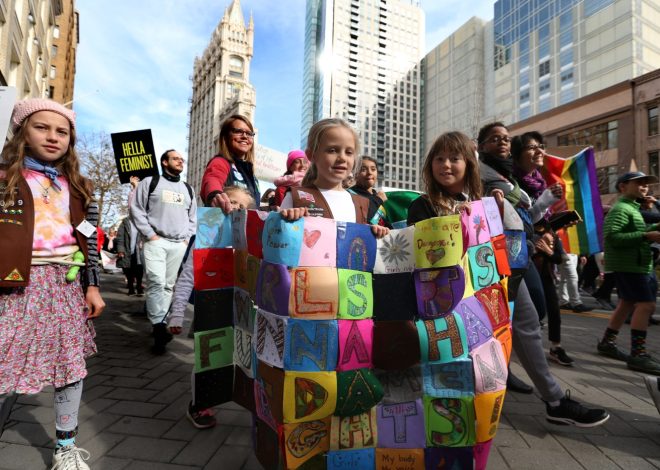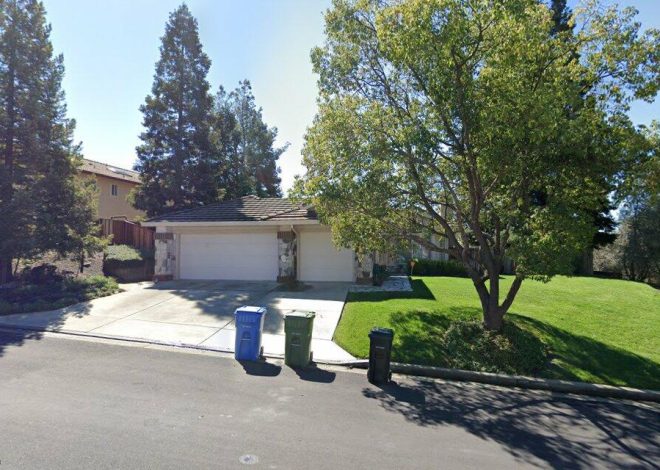
Caltrans creates equity tool to learn from past infrastructure mistakes
Mistakes of the past allowed freeways to run through minority neighborhoods, amplified racial inequities and created transit gaps, particularly in neighborhoods of color.
A new tool developed by the California Department of Transportation seeks to ensure such errors in transportation planning and decisions don’t happen again.
The Caltrans Transportation Equity Index is the result of the agency’s acknowledgement nearly four years ago that underserved neighborhoods and Black and Latino communities often experience fewer benefits and a greater share of negative impacts, such as air pollution and traffic congestion, associated with the state’s transportation system.
“Caltrans controls about 60% of all the transportation dollars that are spent in California,” said Laura Tolkoff, the transportation policy director for SPUR, a San Francisco-based nonprofit public policy organization that was not involved in the tool’s development. “This tool can help the state distribute funds with an understanding of socioeconomic conditions and health and safety outcomes.”
The one-of-a-kind index aims to help state leaders and partnering local and regional agencies decide where to earmark money for transportation projects that serve everyone equally while still meeting climate goals, reducing air pollution, noise and traffic congestion. It was released in the spring but has not yet been put to wide use.
Using U.S. Census block data, the tool measures the frequency and severity of vehicle crashes on highways, local roads and freeway ramps; examines gaps in transit, bicycle and pedestrian access; and identifies communities that are most burdened by excessive traffic and air pollution.
In the Bay Area, a few areas that have high traffic, but little benefit from public transit include: East San Mateo, downtown San Jose, East San Jose, the Mission district in San Francisco, neighborhoods in Concord near Clayton Road and close to Concord Avenue, and areas around the San Francisco Bay Oakland International Airport.
Cindy Bothe’s business, Park Place Discount Cleaners in Concord, is in an area identified by Caltrans as needing more public transportation, and she’s not surprised.
“A few years ago, I hosted a group of international students who had to get to Diablo Valley College (in Pleasant Hill) and it was very difficult for them to find buses,” she said.
Tim Carlisle of Martinez, a regular BART user, said he questions if Caltrans is the most appropriate agency to make local transit decisions.
Tim Carlisle, of Martinez, talks about the Bay Area’s public transportation during an interview in Concord, Calif., on Wednesday, Oct. 16, 2024. (Dai Sugano/Bay Area News Group)
“I would assume that people in Contra Costa County would be better. I think it’s better at a local level because those are people who are closer to the problems and the solutions,” he said.
But state leaders see it differently
Gov. Gavin Newsom, since his election, “has challenged us all to help create a true California for all, and while the state’s transportation network is essential and an absolute necessity, it should not cause harm to its users and neighboring communities,’’ Toks Omishakin, California Secretary of Transportation, said at a news conference. “Yet transportation-induced harms are unequally distributed and historically entire generations have been challenged by such harms.”
Reliance on better data — such as household incomes, the proximity of transportation to jobs, hospitals, grocery stores and other necessities — will allow Caltrans to build equity into its transportation system from the ground up, Omishakin said.
”We need to identify the ways our transportation infrastructure has negatively impacted our communities and neighborhoods,’’ he said.
Exactly what that might look like in the Bay Area remains unclear.
A 2023 study from researchers with the UCLA Institute for Transportation Studies and UC Davis examined five communities that have been harmed by unfair transportation decisions, including San Jose, Pasadena, Pacoima, Stockton and Sacramento.
In San Jose, construction of Interstates 280 and 680 decades ago cut through the Little Saigon, Little Portugal and eastside Mexican neighborhoods, and the freeways are a continued barrier between neighborhoods of color and the core of the city. When BART continues its route into San Jose, the 28th Street/Little Portugal station will help close transportation gaps in that neighborhood.
“I’m quite appreciative that Caltrans is taking steps to examine part of its own history in a critical lens,’’ said Jacob Wasserman, research program manager at the UCLA institute. “This tool will hopefully help Caltrans avoid those past mistakes in the future.”
Still, Wasserman said, the tool is just a first step in restorative justice.
“It all comes down to how it’s going to be used by policy makers’’ he said. “This is a great step, but it depends how it’s going to be put to use by decision makers.”
Caltrans recently began studying ways to revamp the Interstate 980 corridor that divides neighborhoods in West Oakland from the city’s downtown, which it said is a barrier to travel and economic opportunities. The equity tool shows that the corridor, in some areas, is more burdened by traffic and less served by transit networks than anywhere else in the region.
The Interstate 980 flyovers to and from Interstate 880 are seen from this drone view in Oakland, Calif., on Tuesday, May 4, 2021. (Jane Tyska/Bay Area News Group)
Once referred to as “a scourge on the East Bay” by U.S. Rep. Barbara Lee, an Oakland Democrat, Caltrans is considering tearing down the freeway and replacing it with housing, businesses, open space, and recreational and cultural facilities.
“Previous racially discriminatory decisionmaking and redlining policies resulted in I-980 directly cutting through West Oakland. The freeway’s 1.6-mile-long connection between I-880 and I-580 displaced many West Oakland families and led to community disinvestment. Today, I-980 represents a painful physical monument to the segregation and discrimination of generations past,’’ Caltrans said in a statement.
Related Articles
Final environmental impact report for Oakland airport expansion released
People with blindness and their allies rally outside Uber and Lyft over ride denials
California Democrats want to slash gas prices, a state climate policy will raise them
Opinion: It’s time for California to go all-in on fully electric vehicles
Gov. Newsom signs bill he says will help avoid gas price spikes
Caltrans Director Tony Tavaras said the equity tool will guide decision-making and ensure safe outcomes for future transportation projects.
“Caltrans exists to improve and save lives and this tool will help us do both,’’ he said during a recent news conference. “It’s one of the many ways that Caltrans is working to ensure equity is ingrained in our transportation practices.”


